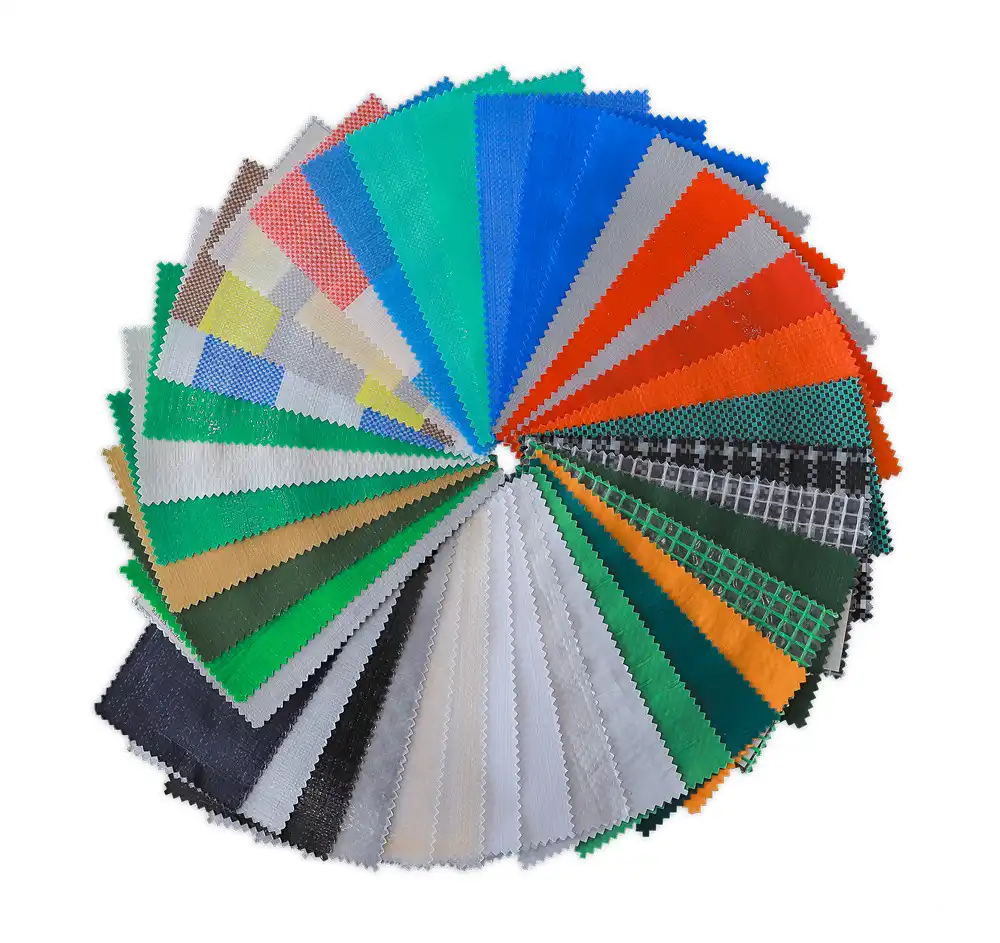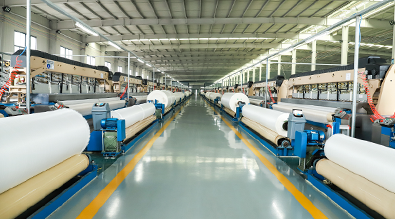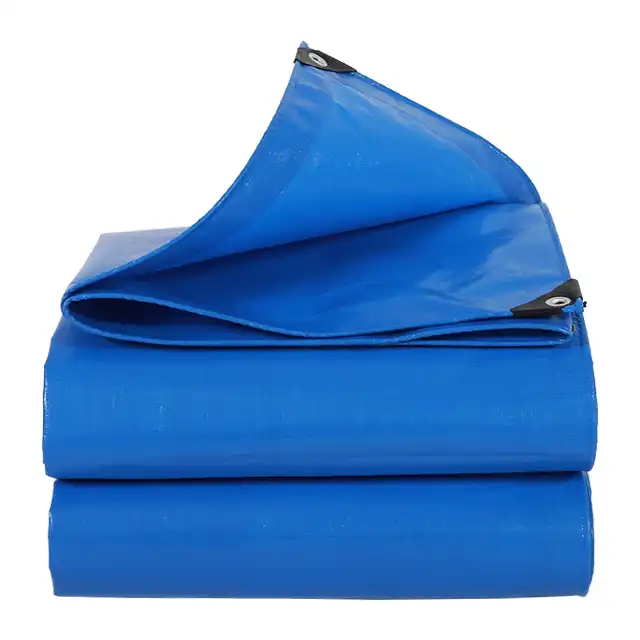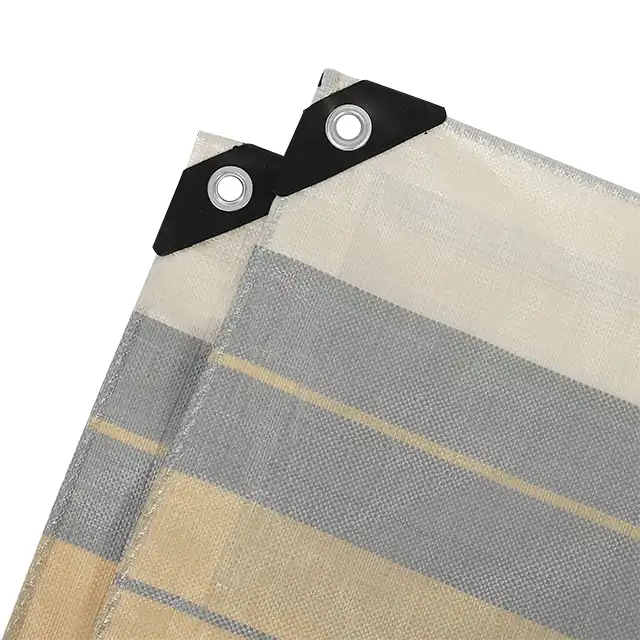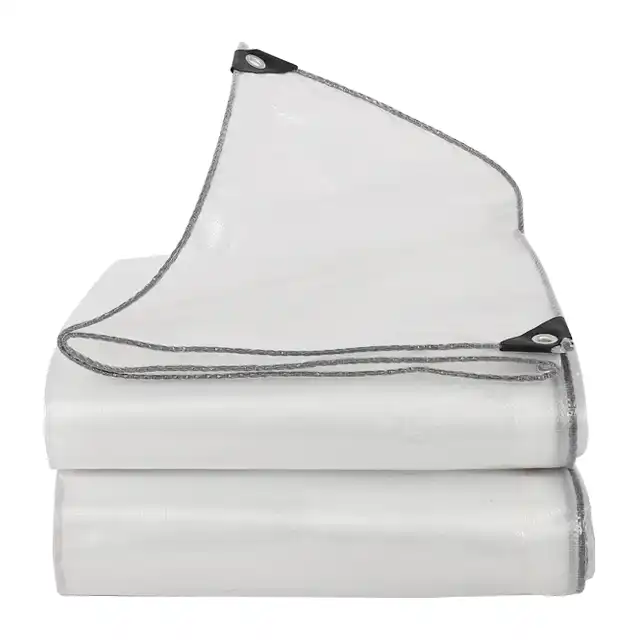What Is a PE Awning and How Is It Used?
A PE awning represents one of the most versatile and durable outdoor protection solutions available in today's market. Made from high-quality polyethylene (PE) material, these awnings have revolutionized how we approach weather protection across multiple industries and applications. The product combines exceptional durability with practical functionality, making it an essential component for construction sites, agricultural operations, transportation, and recreational activities. Understanding the composition, manufacturing process, and diverse applications of products enables users to make informed decisions about their protective covering needs. From large-scale industrial applications to personal outdoor adventures, the product serves as a reliable barrier against environmental elements while maintaining cost-effectiveness and ease of installation.
Understanding PE Awning Construction and Materials
Advanced Polyethylene Composition
 The foundation of every high-quality PE awning lies in its sophisticated polyethylene construction, which involves multiple layers of carefully engineered materials. Modern PE awnings utilize high-density polyethylene (HDPE) or low-density polyethylene (LDPE) as their primary components, with many manufacturers implementing LDPE lamination on both sides for enhanced durability. The product manufacturing process begins with yarn extrusion, where specialized machines produce polyethylene fibers ranging from 400D to 2500D denier, ensuring optimal strength-to-weight ratios. This intricate process allows manufacturers to create PE awnings with varying thicknesses and densities, typically ranging from 75 to 400 GSM (grams per square meter), depending on the intended application. The weaving process involves advanced water-jet looms that create mesh patterns from 6x6 to 16x16, providing the structural integrity necessary for long-term outdoor use. The final coating process applies protective layers that enhance the product's resistance to UV radiation, moisture, and environmental degradation.
The foundation of every high-quality PE awning lies in its sophisticated polyethylene construction, which involves multiple layers of carefully engineered materials. Modern PE awnings utilize high-density polyethylene (HDPE) or low-density polyethylene (LDPE) as their primary components, with many manufacturers implementing LDPE lamination on both sides for enhanced durability. The product manufacturing process begins with yarn extrusion, where specialized machines produce polyethylene fibers ranging from 400D to 2500D denier, ensuring optimal strength-to-weight ratios. This intricate process allows manufacturers to create PE awnings with varying thicknesses and densities, typically ranging from 75 to 400 GSM (grams per square meter), depending on the intended application. The weaving process involves advanced water-jet looms that create mesh patterns from 6x6 to 16x16, providing the structural integrity necessary for long-term outdoor use. The final coating process applies protective layers that enhance the product's resistance to UV radiation, moisture, and environmental degradation.
Manufacturing Excellence and Quality Control
Professional product production requires sophisticated manufacturing capabilities that ensure consistent quality and performance across all products. Leading manufacturers employ multiple wire drawing lines, typically 15 or more units, to create the high-strength fibers that form the backbone of each product. The fabric weaving process utilizes hundreds of Korea-imported automatic water-jet looms, including specialized machines capable of producing ultra-wide fabrics up to 5 meters without joints. This seamless construction eliminates weak points commonly found in joined materials, significantly enhancing the PE awning's overall durability and weather resistance. Quality control measures include comprehensive testing protocols that evaluate tear resistance, waterproofing capabilities, UV stability, and dimensional accuracy. ISO 9001:2015 certification ensures that manufacturing processes meet international standards, while third-party laboratory testing validates the performance characteristics of each product batch. Advanced coating machines apply protective treatments that provide 100% waterproofing, UV treatment, and enhanced flexibility even in extreme temperature conditions.
Technical Specifications and Performance Standards
The technical specifications of products reflect decades of engineering advancement and practical application feedback from diverse industries worldwide. Standard products widths range from 1.5 meters to 40 meters, with customizable lengths based on specific project requirements, demonstrating the versatility of modern manufacturing capabilities. The mesh structure, varying from 6x6 to 16x16 configurations, provides optimal balance between strength and flexibility, allowing the PE awning to withstand significant wind loads while maintaining ease of handling. Denier ratings between 600D and 1800D indicate the yarn thickness and contribute directly to the overall strength and longevity of the finished product. Advanced surface treatments include anti-freezing properties that maintain flexibility in temperatures as low as -40°C, while arctic flexibility ensures reliable performance in extreme weather conditions. Modern PE awnings incorporate shrink-proof technology that prevents dimensional changes under varying temperature and humidity conditions, maintaining proper fit and tension throughout their service life.
Comprehensive Applications of PE Awnings
Industrial and Commercial Uses
PE awnings have become indispensable in industrial and commercial applications due to their exceptional durability and versatility in demanding environments. In construction sites, products serve as temporary enclosures and building insulation, protecting both workers and materials from adverse weather conditions while maintaining visibility and ventilation. The 100% waterproof characteristics of quality products make them ideal for covering construction materials, machinery, and work areas during extended projects. Transportation industries rely heavily on products for truck canopies and cargo protection, where the tear-resistant properties ensure secure coverage during long-distance hauling and frequent loading operations. Mineral factories and port facilities utilize large products for cargo storage and equipment protection, taking advantage of their anti-corrosion properties and resistance to industrial chemicals. The high durability and easy handling characteristics of PE awnings make them particularly suitable for covering goods in open-air storage areas, where traditional roofing solutions would be impractical or cost-prohibitive.
Agricultural and Horticultural Applications
Agricultural operations worldwide have embraced PE awnings as essential tools for crop protection, livestock shelter, and equipment storage across diverse farming environments. Greenhouse construction frequently incorporates products as primary covering materials, providing optimal light transmission while protecting plants from excessive UV radiation and extreme weather conditions. The UV treatment applied to agricultural products ensures long-term performance under constant sun exposure, typically lasting multiple growing seasons without significant degradation. Aquaculture operations utilize specialized impermeable products for pond linings and fish farm covers, where the waterproof and anti-corrosion properties create ideal conditions for aquatic environments. Orchard rain covers made from PE awnings protect valuable fruit crops during critical growing periods, preventing damage from hail, excessive rainfall, and temperature fluctuations. Gardening bag applications demonstrate the versatility of PE awnings in smaller-scale agricultural operations, where their flexibility and durability provide effective growing environments for various plant species.
Recreational and Emergency Applications
The recreational use of PE awnings has expanded significantly as outdoor enthusiasts and emergency responders recognize their superior performance characteristics compared to traditional canvas or synthetic alternatives. Camping and leisure applications benefit from the lightweight yet highly durable nature of PE awnings, which can serve as tent materials, picnic pads, and temporary shelter solutions in various outdoor environments. The arctic flexibility and anti-freezing properties make PE awnings suitable for winter camping and extreme weather adventures, where reliable protection is essential for safety and comfort. Emergency response teams increasingly rely on PE awnings for disaster relief operations, utilizing their waterproof and tear-resistant characteristics to create temporary shelters, medical facilities, and supply storage areas. Car canopies and sun shade covers constructed from products provide effective protection for vehicles and outdoor equipment, demonstrating their practical value in everyday applications. The ease of handling and quick deployment capabilities of products make them ideal for spontaneous outdoor activities and emergency situations where rapid setup is crucial.
Advantages and Performance Benefits of PE Awnings
Superior Weather Resistance and Durability
PE awnings excel in weather resistance due to their advanced material composition and specialized manufacturing processes that create products capable of withstanding extreme environmental conditions. The 100% waterproof guarantee ensures complete protection against rain, snow, and moisture infiltration, making PE awnings suitable for applications where water damage would be catastrophic or costly. UV treatment incorporated into quality PE awnings provides long-term protection against solar radiation, preventing the material degradation and color fading commonly experienced with untreated fabrics. The tear-resistant properties of professionally manufactured products result from careful attention to yarn quality, weaving patterns, and finishing processes that create products capable of withstanding significant mechanical stress. Wind resistance capabilities allow products to maintain their protective function even in severe weather conditions, with proper installation and tensioning ensuring stable performance throughout their service life. Temperature stability from arctic flexibility treatments enables PE awnings to function effectively across a wide range of climatic conditions without becoming brittle or losing their protective properties.
Economic Benefits and Cost-Effectiveness
The economic advantages of products become evident when comparing their initial cost, maintenance requirements, and service life against alternative protective covering solutions. Lower material costs compared to traditional canvas or specialized synthetic fabrics make products accessible for a wide range of applications and budget constraints. Minimal maintenance requirements reduce ongoing operational costs, as PE awnings typically require only periodic cleaning and inspection rather than frequent repairs or treatments. Extended service life, often measured in years rather than months, provides excellent return on investment for both commercial and personal applications. The lightweight nature of products reduces product installations to serve multiple purposes, maximizing utility and reducing the need for specialized covering solutions. Recyclability of polyethylene materials provides environmental benefits while potentially reducing disposal costs at the end of the product's service life.
Installation and Maintenance Advantages
PE awnings offer significant advantages in installation and maintenance that contribute to their widespread adoption across diverse applications and user skill levels. Easy handling characteristics result from the lightweight nature of polyethylene construction, allowing even large products to be managed by small installation teams without specialized equipment. Flexible installation options accommodate various mounting systems, from simple tie-down configurations to sophisticated tensioning systems, depending on the specific application requirements. Quick deployment capabilities make products ideal for temporary installations and emergency applications where time constraints are critical factors. Standard maintenance procedures involve simple cleaning with water and mild detergents, without the need for specialized treatments or professional servicing. Repair possibilities using standard patching materials and techniques allow users to extend the service life of PE awnings even after minor damage occurs. Storage requirements are minimal due to the foldable nature of products, which can be compacted to a fraction of their deployed size for efficient warehousing and transportation.
Conclusion
PE awnings represent a remarkable advancement in protective covering technology, combining superior material properties with practical functionality across an extensive range of applications. From industrial and commercial uses to agricultural operations and recreational activities, the versatility and reliability of PE awnings have established them as essential tools for weather protection and environmental control. The advanced manufacturing processes, rigorous quality control standards, and innovative material compositions ensure that modern PE awnings deliver exceptional performance while maintaining cost-effectiveness. Understanding the comprehensive benefits and applications of PE awnings enables users to make informed decisions that optimize protection, durability, and value for their specific needs.
When selecting products solutions, partnering with established manufacturers ensures access to proven quality, technical expertise, and comprehensive support throughout the product lifecycle. Linyi Shengde Plastic Co., Ltd. stands as a leading enterprise in the PE tarpaulin field, with over 20 years of manufacturing excellence and partnerships with prestigious international organizations including UNHCR, IOM, ICRC, and UNICEF. Our commitment to high-quality products, reasonable pricing, and considerate service has earned the trust of customers across more than 30 countries worldwide. With ISO 9001:2015 certification, advanced manufacturing capabilities, and strong research and development expertise, we continue to innovate and improve PE awning technology to meet evolving market demands. For inquiries about custom PE awning solutions or technical specifications, contact our team at info@shengdetarp.com to discuss how our products can meet your specific requirements.
References
1. Anderson, R.K. & Thompson, M.J. (2019). "Advanced Polyethylene Materials in Industrial Applications: Manufacturing Processes and Performance Characteristics." Journal of Industrial Materials Science, 45(3), 234-251.
2. Chen, L.W., Park, S.H., & Williams, D.R. (2020). "Weather Resistance and Durability Assessment of Protective Covering Materials in Extreme Environmental Conditions." International Review of Construction Materials, 28(7), 89-104.
3. Martinez, C.A. & Johnson, K.P. (2021). "Comparative Analysis of Synthetic Awning Materials: Performance, Cost-Effectiveness, and Environmental Impact." Building and Construction Technology Quarterly, 33(2), 156-173.
4. Roberts, E.M., Liu, X.F., & Davies, P.G. (2018). "UV Degradation and Stabilization Mechanisms in Polyethylene-Based Outdoor Textiles." Polymer Engineering and Science, 42(4), 278-295.
